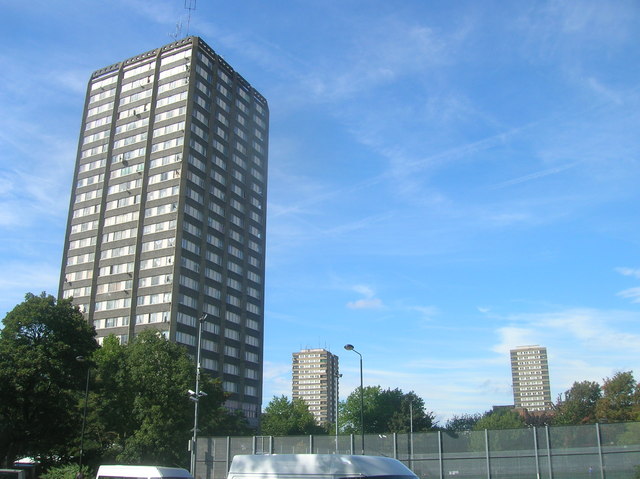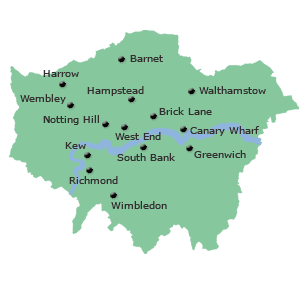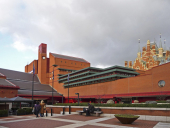
More than 100 high-rise residential buildings in London have been identified as constructed using Large Panel System (LPS), a type of prefabricated concrete panel prone to safety risks,
according to a BBC London investigation.
While not all LPS buildings are inherently dangerous, their design makes them susceptible to structural weaknesses and defects. Blocks that have undergone strengthening or remediation may now be considered safe. However, the government has acknowledged that safety concerns related to these structures are "longstanding and well known," leaving some residents alarmed about their homes' histories and associated risks.
Historical context and safety concerns
Safety risks associated with LPS construction were first highlighted in 1968 after the partial collapse of Ronan Point, an LPS block in Canning Town, following a gas explosion. Since then, additional concerns have emerged, including structural degradation and the development of cracks, which compromise fire containment systems.
These risks were underscored after the Grenfell Tower fire in 2017, which tragically claimed 72 lives. Subsequently, attention refocused on LPS buildings as part of broader efforts to enhance high-rise safety regulations. Under the Building Safety Act 2022, building owners are now required to register LPS blocks with the regulator and disclose whether gas systems are installed.
Investigation findings
BBC London contacted all 33 local authorities in the capital, including the City of London, to ascertain the number of LPS buildings in their ownership. The investigation revealed:
- 134 high-rise LPS buildings across London, 32 of which still have gas systems installed.
- 28 blocks earmarked for demolition, including all LPS buildings in Brent, Enfield, and Waltham Forest.
Westminster City Council owns 26 LPS blocks, with plans to remove gas supplies from 24 of them by October 2025. Meanwhile, some councils, such as Islington and Greenwich, did not respond to requests for information. Others, like Merton, said they no longer hold detailed records due to transfers to housing associations.
Resident concerns and evacuations
In the wake of the Grenfell fire, authorities evacuated residents from several LPS buildings. For example, the Ledbury Estate in Peckham was cleared in 2017 after safety risks were confirmed. However, some residents, such as leaseholders in Enfield, reported not being informed about the LPS construction when purchasing their properties.
Local authorities are pursuing various safety measures, including removing gas systems, prohibiting gas bottles and lithium batteries, and employing 24-hour waking watches. However, the high cost of remediation has prompted many councils to opt for demolition and reconstruction.
Calls for transparency and action
Advocates, including Hannah Brack, who has long campaigned for greater transparency around LPS buildings, stress that all residents deserve to know if their homes are at risk. Danielle Gregory, a former resident of the Ledbury Estate and campaigner with Tower Blocks UK, described the continued presence of gas systems in some LPS blocks as "shocking," calling for urgent council action.
Grace Williams, representing London Councils, urged a collaborative approach: "Many councils have taken action, but we need to work even harder with the government, the GLA, and the Building Safety Regulator."
Government and regulator response
The Ministry of Housing, Communities, and Local Government stated that LPS safety issues are "well known" and emphasized the responsibility of building owners to ensure safety. The Health and Safety Executive, which oversees the Building Safety Regulator, warned that failure to register LPS buildings could lead to prosecution. A spokesperson confirmed that the regulator prioritizes assessing LPS buildings and that councils are obligated to manage fire and structural risks. Photo by Robin Sones, Wikimedia commons.



































